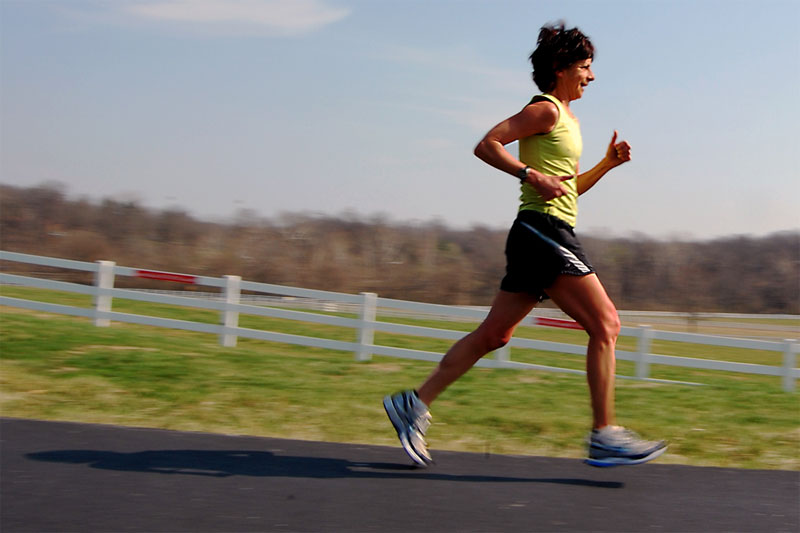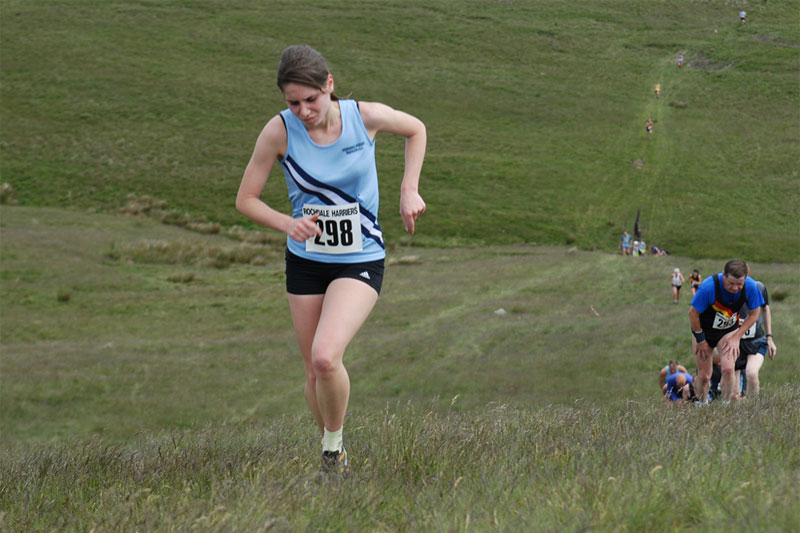Building up your fitness is a great feeling. When the 5k which you originally struggled with so much is now a breeze, you really start to see your own body as an improved machine. There are issues, however, when it comes to overworking, and this can be a difficult process to sense and understand. In this article we’ll go a little bit into why overtraining is so common, how you might better protect yourself from these issues in the future, and the typical problems which overtraining causes.
“run” (CC BY 2.0) by brettlohmeyer
Pushing Forward
One of the biggest components of exercise is that feeling of tiredness or exhaustion, that feeling or sore muscles or being out of breath which indicates your body is approaching its limit. In some ways, this is good, as it lets us know that our bodies are fully engaged, which leads to greater and faster progress, but this is also a balancing act. It is difficult for us to fully understand exactly where the line lies between enough exercise and too much exercise. As our level of fitness improves, we can naturally push on harder and longer, and our interest in not giving into laziness can convince us to push for one more lap, just one extra kilometer. In simple terms – our limits are not always easily defined.
Prevention Medicine
The best way to avoid injury is to pay attention to your body’s messages. Feel your joints, your shins, and your hips, for areas of tenderness or pain. Take into account when you have hurt yourself in the past, and how it felt when you did so. If something feels a little off, the best idea is to take some time and see if this time improves the condition. Obviously, a doctor is a good call if any real injury is obtained, but prevention is often the best bet for ongoing health.
If part of you is sore or injured, take the opportunity to either engage in different forms of exercise which avoid targeting the problem area or simply recover with some extra work or entertainment time. We enjoy spending our downtime playing games, with slot games being some of our favorites. You can visit here for similar suggestions regarding Microgaming casinos, or simply pick a hobby of your own preference.
“Knowle Hill fell race” (CC BY 2.0) by Dave Haygarth
The Big Five
As you can find in our Big 5 Section, the most common running injuries include Achilles tendonitis, iliotibial band syndrome, plantar fasciitis, runner’s knee, and shin splints. While many runners will experience one or more of these to some degree in their running career, it is important to note the these are generally well-understood, and quite commonly treatable. Just head over to our Big 5 Section to learn more.
It’s important to realize that building an understanding of your own natural limits, and the manner in which your body communicates these limits to you, is not an instant or easy process. Only through time and attention will you better be able to mold your processes, and by combining this with proper form, you greatly increase your chances of future success. Take it from someone with a history rife with avoidable exercise injuries – you should view getting fit as a journey, not a race.

































